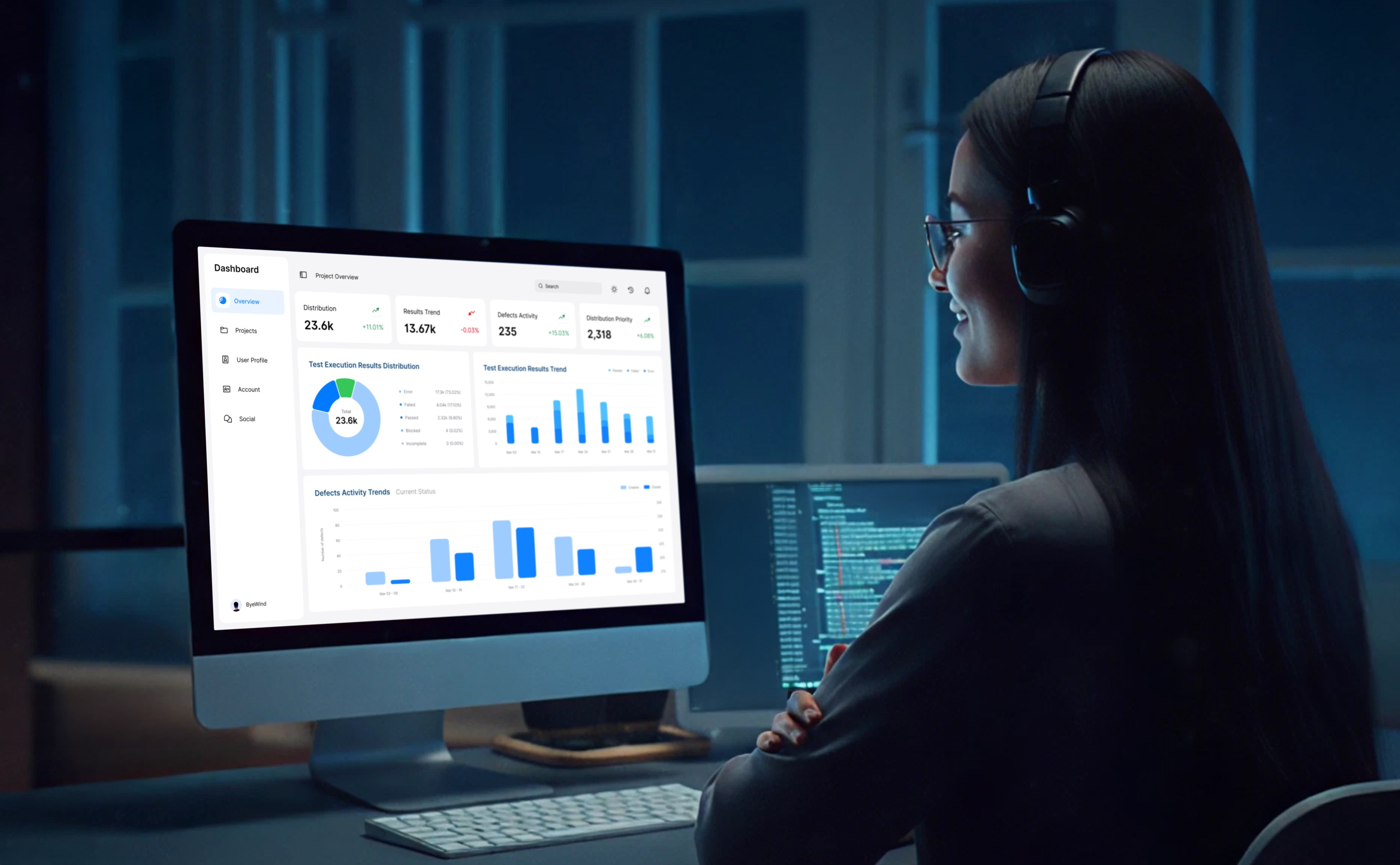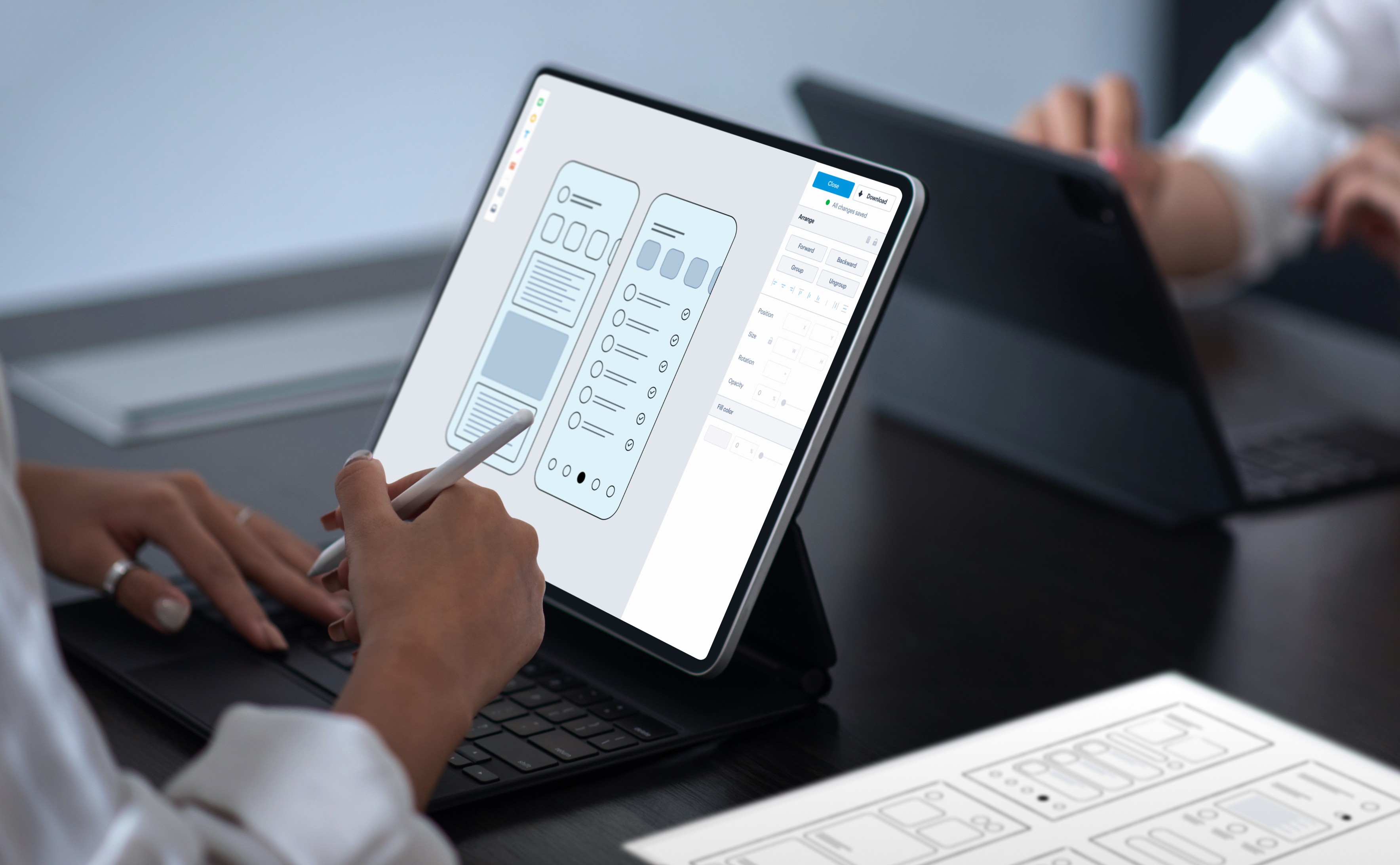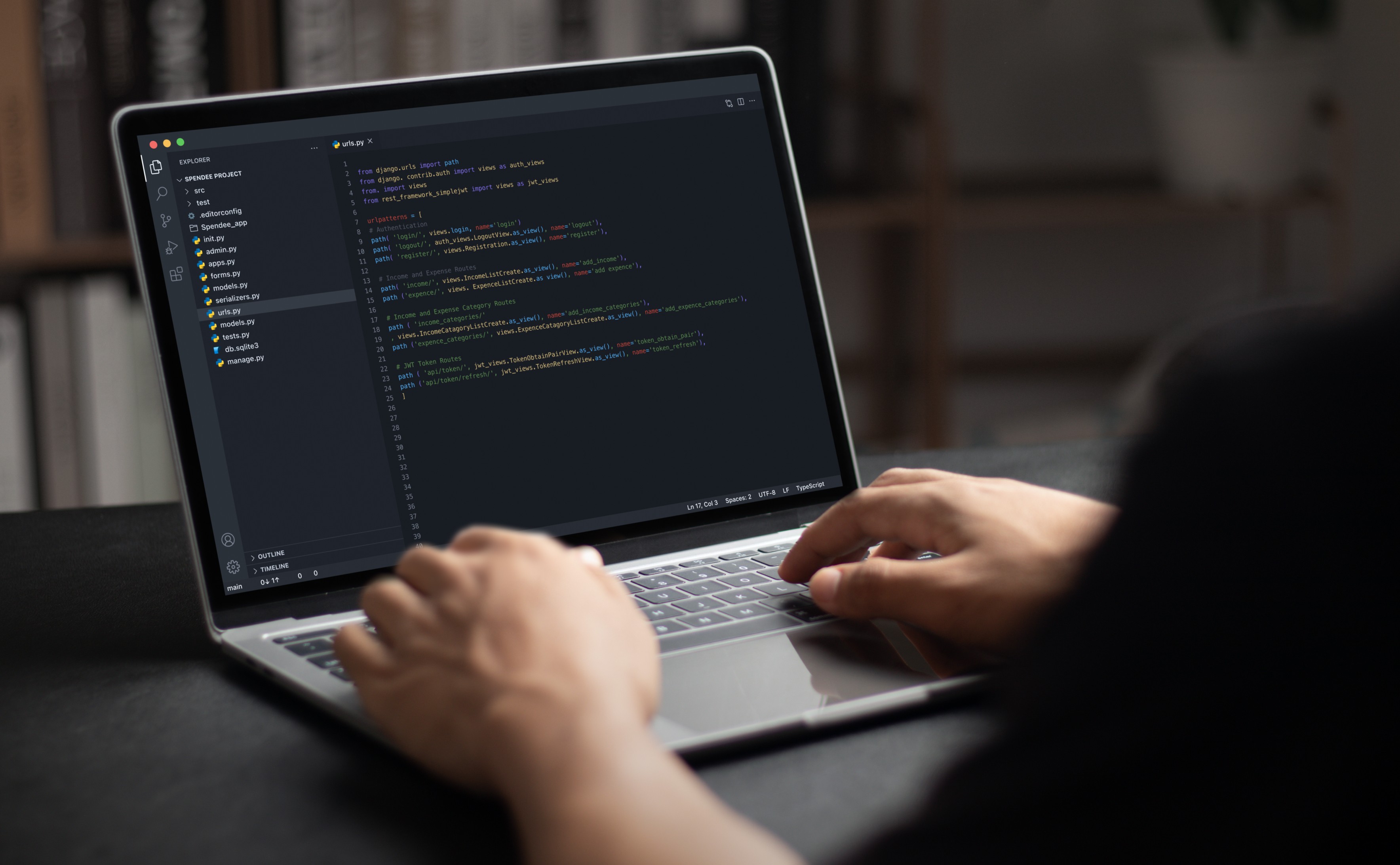AI is Here—Now Let’s Lead with EQ

I want to revisit something I brought up during one of our town halls—not just to repeat it, but to expand on it. The role of AI in our daily work isn’t a future concept anymore—it’s real, it’s here, and it’s moving fast. And I don’t want us just to keep up—I want us to lead.
AI is already transforming how we work, how we solve problems, and how we create value. We’ve seen this first-hand in some of the AI-related applications we’ve developed—tools that are actively helping our clients today. That alone tells us this isn’t just hype. It’s impact.
But now, we need to go beyond dabbling—we need to adopt AI as a mindset.
Let’s not treat AI like a fancy add-on. Instead, let’s see it as a daily companion—one that helps us work smarter, deliver faster, and raise the bar on quality.
There’s a mindset shift I came across recently, and it really stuck with me:
"Vibe coding is not an excuse for not thinking."
In other words, just writing code based on gut feeling or vibes, without intention or clarity, leads nowhere. And it’s the same with AI—using it aimlessly won’t help. We still need to think deeply, ask the right questions, and use these tools with purpose.
Look at what our WAC Commerce product is doing—they’re integrating AI to make product discovery smarter. Imagine someone asking in Yallatoys search, “What toys does my 3-year-old need to help with brain development?”—and instantly, the system delivers personalized, intelligent results.
Now take our Caribou Coffee project as another example. We've implemented a fully AI-driven voice agent that can handle real-time conversations with customers—responding to questions, suggesting items, managing complex ordering scenarios, and completing the entire checkout process—all without a single click. It's fast, seamless, and intuitive. That’s what innovation looks like.
And take a look at a few examples from the many AI tools available—there’s literally something for every use case:
- Want to automate repetitive tasks? Try Notion AI, Otter AI, or Zapier.
- Want to code faster? Explore GitHub Copilot, Cursor, or Codeium.
- Want to create marketing content? Use Jasper, Copy.ai, or Surfer SEO.
Most of these are free to start with, and the possibilities are endless.
So, here’s what I’m asking of you:
- Explore at least one new AI tool this week.
- Think of one area in your current work where AI can support or accelerate what you do.
- Talk about it with your team—share what you learn.
This isn’t about being perfect. It’s about being curious and taking action.
But I’ll say this too—AI is not a replacement for people. It’s a partner. And that’s where emotional intelligence (EQ) becomes critical. For a long time, IQ had the upper hand—valued for its ability to solve problems, analyze data, and drive innovation. But as AI begins to take over more of the technical and cognitive load, it’s EQ that stands out as our real differentiator. As AI takes on more of the mechanical and technical tasks, we become even more valuable for our human strengths—communication, leadership, empathy, and creativity.
As we get more technical, let’s also get more human. Because the future of work is not just AI-driven—it’s people-augmented.
AI can analyze data, summarize reports, generate designs, and even write code—but it can’t build trust, sense team morale, handle conflict with compassion, or create a culture of belonging. That’s where we shine. That’s where you shine.
Emotional intelligence is not just about being nice or agreeable. It’s about:
- Self-awareness – understanding your strengths, limits, and emotions so you can lead yourself first.
- Empathy – recognizing the emotions and perspectives of others, especially when you're leading a team or working cross-functionally.
- Communication – being able to express ideas clearly, give constructive feedback, and actively listen without judgment.
- Adaptability – staying calm and focused even when the environment is changing fast (as it is now with AI).
- Decision-making with heart and logic – weighing both data and human impact when making choices.
Let me give you an example: Say you’re leading a project and an AI tool flags a delay based on data trends. Sure, the tool can alert you—but only you can decide how to communicate that to the client in a way that reassures them, keeps their trust, and manages expectations.
Or say you’re reviewing your teammate’s AI-generated report. The tool may have done 80% of the work, but it's your emotional intelligence that tells you, “This part might be too harsh,” or “This section doesn’t align with our client’s tone of voice.”
That kind of insight doesn’t come from machines. It comes from human sensitivity, intuition, and connection.
Bottom Line
As AI gets better at doing the work, our emotional intelligence will define how far we go. Mastering both—technology and humanity—will be the ultimate differentiator.
And here's the big shift: In a world where AI handles more of the task, it’s our EQ that becomes our edge.
So as we embrace AI, let’s also level up our emotional intelligence—because that’s what builds a great team, a trusted brand, and lasting relationships.
I encourage each of you to keep asking:
- How can I lead with empathy today?
- How can I communicate more clearly?
- How can I support someone who might be struggling?
Because AI may drive efficiency, but EQ drives impact.
Together, we can unlock a whole new level of productivity, creativity, and joy in what we do. Let’s build a culture where AI isn’t intimidating—it’s empowering. Where EQ is our differentiator.
Let’s not follow trends—let’s set them. Let’s lead. Let’s build the future—together.
Discover Digital Transformation
Please feel free to share your thoughts and we can discuss it over a cup of tea.










